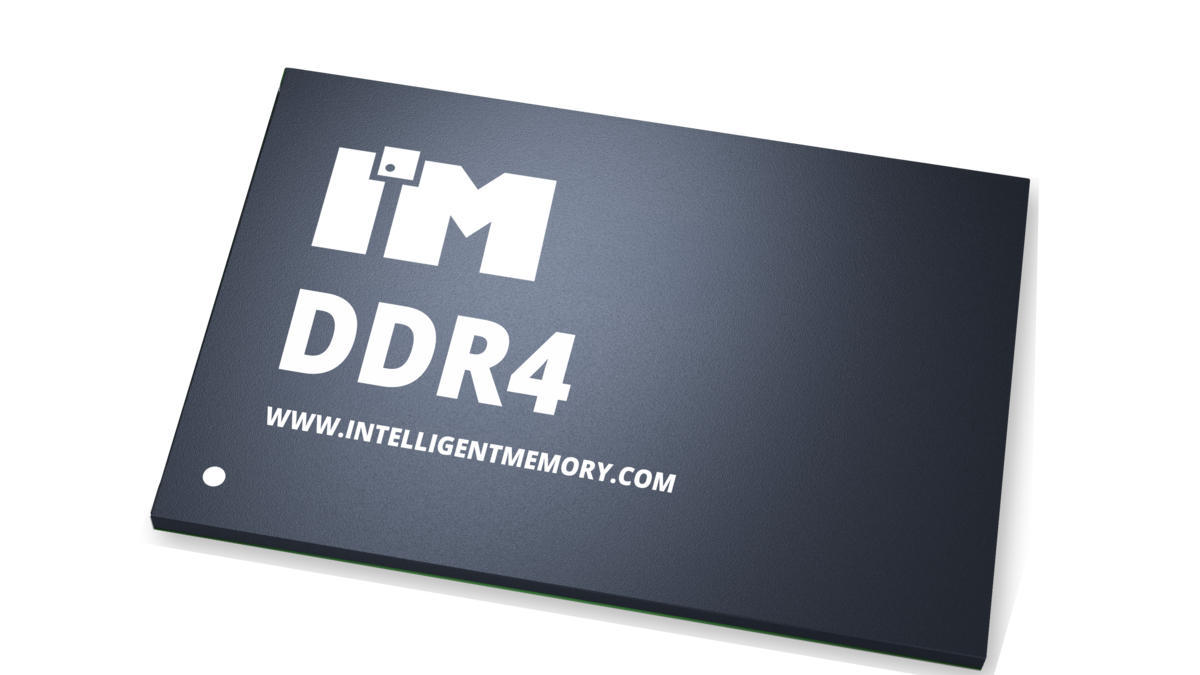- 4Gb through 32Gb are available
- 16Gb components available in x4 organization in FBGA-78 package
- Double data rate clocking timing, 1.2V Power Supply
- Supported Data Bus Inversion (DBI)
- Supported Write Cycle Redundancy Check (CRC)
- Supported Dynamic ODT (On Die Termination)
- Supported Fine Granularity Refresh Mode
- High speed data transfer up to 3200MHz
DRAM Components - DDR4

PLEASE BE ADVISED: Our website is under construction through September 2025. Unfortunately, this means that our Product Finder is not current.
Please do not hesitate to contact us at sales@intelligentmemory.com or your preferred distribution partner for full product information.
Thank you for your understanding.
| DDR4 Components | ||||||
|---|---|---|---|---|---|---|
| Density | Org | Max Speed (Data Rate Mbps) | Packages | *Temperature | ECC | AEC-Q100 |
| 32Gb | x8, x16 | 1600MHz (3200Mbps) | FBGA-78, FBGA-96 | Commercial, Industrial | N | Contact IM |
| 16Gb | x4, x8, x16 | 1600MHz (3200Mbps) | FBGA-78, FBGA-96 | Commercial, Industrial | N | Contact IM |
| 8G | x8, x16 | 1600MHz (3200Mbps) | FBGA-78, FBGA-96 | Commercial, Industrial | N | Contact IM |
| 4Gb | x8, x16 | 1333MHz (2666Mbps) | FBGA-78, FBGA-96 | Commercial, Industrial | N | Contact IM |
*Commercial = 0°C to +95°C / Industrial = -40°C to +95°C / High = -40°C to +105°C
